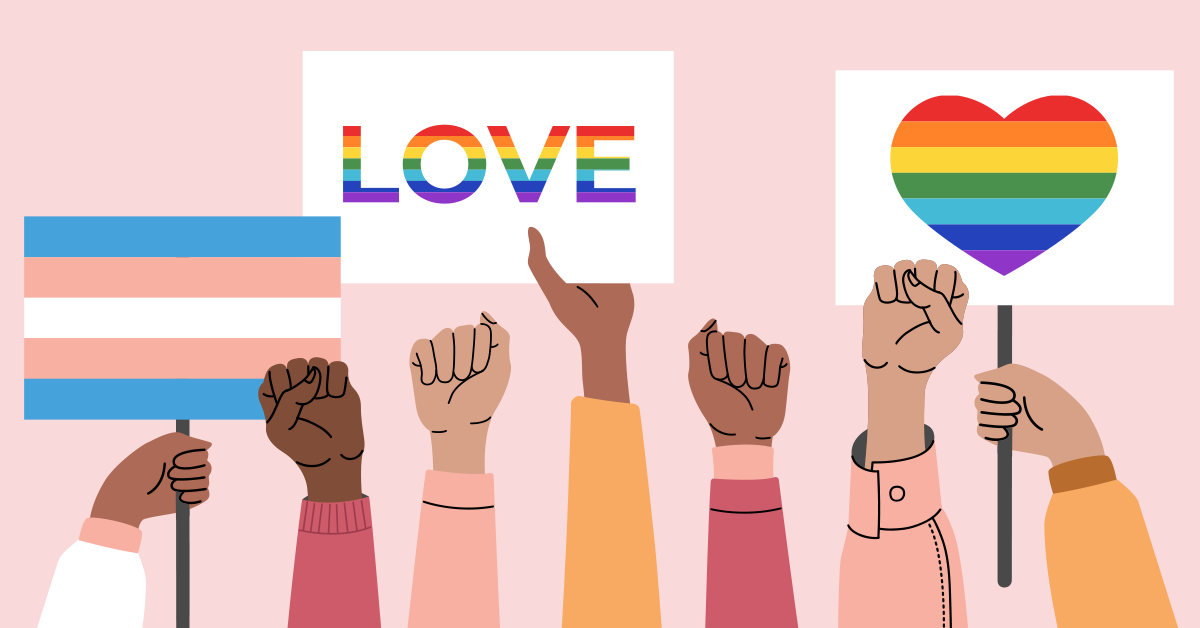Professor Jonathan Passmore, SVP of Coaching at CoachHub, shares vital insights on why it’s imperative for DE&I initiatives to come from the top and how to implement them more effectively.
Social justice movements have dominated the popular narrative in recent years, with initiatives such as Black Lives Matter and #MeToo pushing diversity up the global agenda. These important conversations are not only shifting perceptions in our personal lives but pushing companies to implement effective Diversity, Equity, and Inclusion (DE&I) policies. Now more than ever, organisations have a responsibility to ensure that they are building inclusive strategies both internally and externally.
However, creating a truly diverse and inclusive internal environment goes beyond instigating HR policy changes. Organisations must look to their very makeup, ensuring that representation is embedded at every level of their structure. A strong DE&I policy is a necessary step, but if it is not rooted in the business’ day-to-day reality, it will not drive long-term change.

Embedding DE&I Every Step of the Way
Employee retention has become increasingly difficult in recent years, with 45% of HR leaders stating that competition for strong talent has intensified since the start of the pandemic. The power to move around in the labour market now lies with employees, who know they are in higher demand due to a lack of supply. Employee experience, therefore, is a key asset for organisations looking to hire and retain talent, as staff display unprecedented willingness to seek new opportunities if the workplace experience in their current job is not fulfilling.
Fostering an inclusive environment is essential to offering excellent employee experience. Yet HR leaders cannot simply implement a DE&I strategy and assume that this will lead to a more inclusive company culture. An organisation is only welcoming to those from a wide variety of minority backgrounds when leaders embed diversity initiatives at every level of the business. As such, any good DE&I strategy must be more than a HR initiative – it should intersect with all other policies across the organisation to foster real, lasting change.

Now more than ever, organisations have a responsibility to ensure that they are building inclusive strategies both internally and externally.
Jonathan Passmore
Senior Vice President, CoachHub

How to Reassess Your Organisational Perspective on DE&I
Creating a genuinely inclusive DE&I initiative begins with taking a long, hard look at how every layer of your organisation is performing on DE&I today. This begins with collecting data on your organisation’s makeup and considering the representation of different minority groups at every level of the business. This data will provide crucial insights into how inclusive the organisation is; for example, if there are no women present at the highest level of decision-making, how can you expect female employees at lower levels to rise?
Consulting with employees is equally valuable when auditing your existing DE&I practices. These conversations should be held with honesty and transparency, so that businesses can acquire an unbiased perspective of how employees are feeling. Consider collecting data about how employees view DE&I within the organisation through anonymous questionnaires, so that employees do not feel pressured to respond positively due to their responses being linked to their name. Only once you have a clear and impartial picture of both the numerical value and perception of DE&I within your organisation can you begin to build a truly inclusive DE&I initiative.
How to Build Back Better & Create an Inclusive Experience for All
Taking these insights into consideration, business leaders should design a DE&I strategy that responds to the business’ unique needs. Such programmes should start with working towards a more diverse senior leadership team, as company culture flows through any organisation from the top down. When leaders come from a wide variety of backgrounds, a more inclusive internal environment will follow, as leaders can relate to and empathise with the needs of employees from a wide variety of backgrounds. This has even been linked to improved financial performance, meaning that the benefits of diverse leadership go beyond improved employee experience.
The final stage of designing an effective DE&I strategy involves the individual initiatives on offer within the organisation. These can include programmes that support employees from minority backgrounds with career progression, training for all employees on how to support their colleagues with a variety of issues, and staff networks for employees who identify as BAME, LGBT+, disabled, and more. Often, leaders jump straight to this step, endeavouring to quickly resolve issues without a long-term strategy. Following this path will not build a sustainably inclusive environment – this is only possible when DE&I is implemented throughout the organisation to foster real, lasting change.
ABOUT OUR GUEST WRITER
Jonathan Passmore
Senior Vice President, CoachHub
Professor Jonathan Passmore is an internationally respected coaching psychologist, rated as one of the top 10 professional coaches in the world. In his role as Senior VP of Coaching at CoachHub, Passmore leads CoachHub’s global Coaching Lab, an in-house team of highly skilled behavioural scientists.







